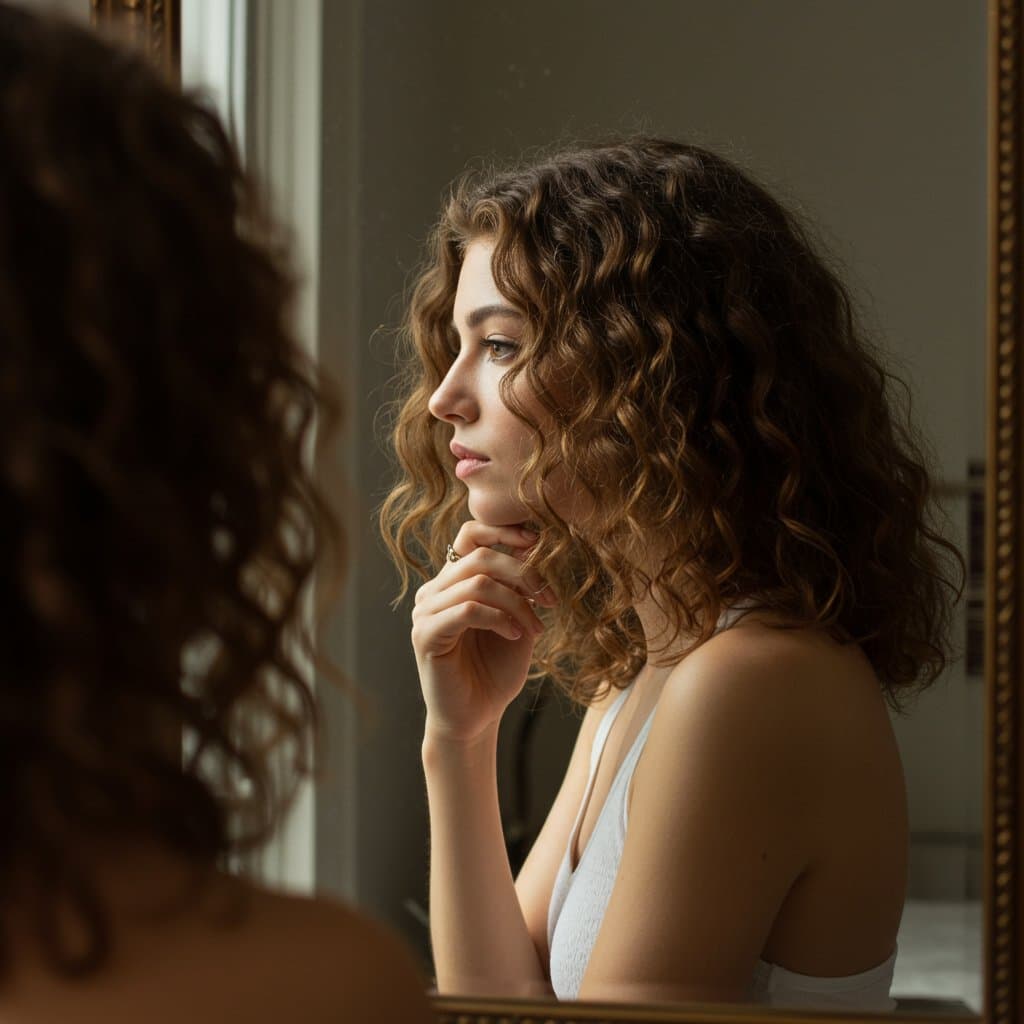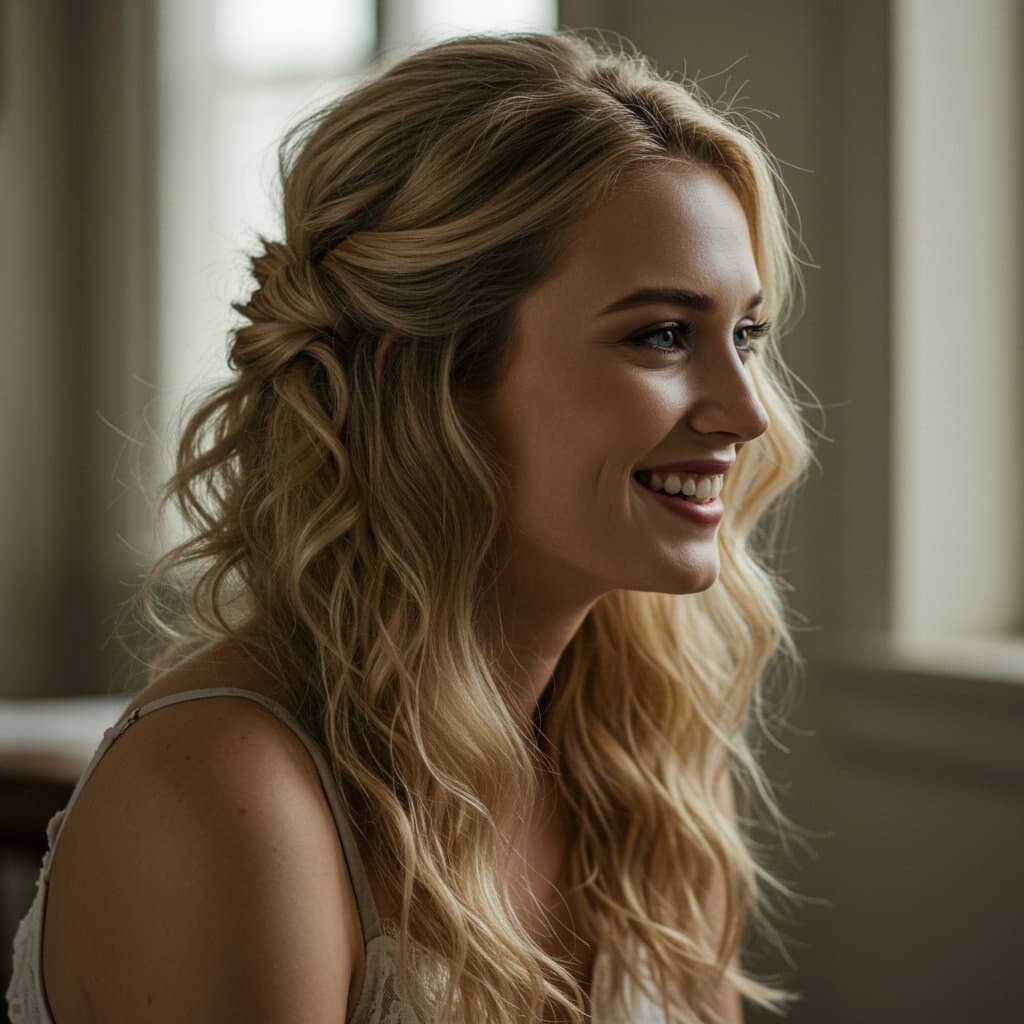
How to Grow Out Bangs Gracefully: Styling Tips for Every Stage | The Ultimate Hair Guide
11 min read

11 min read

10 min read

9 min read

12 min read

14 min read

13 min read
In the ever-evolving world of beauty and wellness, trends often come and go with the seasons. However, occasionally a concept emerges that is rooted so deeply in logical, scientific principles that it transforms from a fleeting trend into a foundational standard of care. Enter hair cycling. Inspired by the wildly popular "skin cycling" method that took the dermatology world by storm, hair cycling is the latest regimen revolutionizing how professionals and enthusiasts approach hair health.
At its core, hair cycling is not about buying more products; it is about using the right products at the right time to optimize the health of your scalp and strands. By rotating products and giving your hair specific "rest" and "active" days, you can address multiple concerns—such as oiliness, dryness, damage, and volume—without overwhelming your hair follicles. This comprehensive guide will explain exactly what hair cycling is, the science behind why it works, and provide a detailed roadmap on how to create a hair cycling schedule tailored to your unique hair type.
Hair cycling is a strategic approach to hair care that involves rotating your products and wash routines over a specific cycle—typically spanning four to five days or washes—rather than sticking to the exact same shampoo and conditioner every single time you shower. The philosophy is simple: your hair has different needs at different times, and using a single set of products daily cannot address the complexity of scalp health and hair texture simultaneously.

Think of it like a workout routine. You wouldn't train legs every single day; you rotate between cardio, strength training, and rest days to allow muscles to recover and grow. Similarly, hair cycling incorporates "rest days" for your hair, "detox days" to remove buildup, and "recovery days" to inject moisture and protein back into the strands. This rotation prevents the common issue of product acclimation, where products seem to stop working over time, and helps maintain a balanced pH level on the scalp.
The cycle typically alternates between three main stages: Clarification (Detox), Repair (Strength), and Hydration (Moisture). By compartmentalizing these goals, you ensure that heavy reparative masks aren't weighing down hair that needs volume, and stripping clarifying shampoos aren't drying out ends that need moisture. It is a deliberate, mindful approach to hair hygiene that prioritizes long-term health over short-term styling fixes.
To understand why hair cycling is effective, one must look at the biology of the scalp. The scalp is an extension of the facial skin, yet it is often treated with far less care. Just like the face, the scalp has a microbiome that needs to be balanced. Overusing harsh sulfates can strip the scalp of natural oils (sebum), leading to overcompensation and greasiness. Conversely, overusing heavy silicones and conditioners can clog hair follicles, leading to inflammation, slowed growth, and dullness.

Hair cycling addresses these biological needs by introducing the concept of the "reset." During the clarification phase of the cycle, the focus is on the scalp. Ingredients like salicylic acid, tea tree oil, or apple cider vinegar are often employed to exfoliate dead skin cells and dissolve product buildup. This allows the hair follicle to breathe and prepares the hair shaft to better absorb nutrients in the subsequent stages.
During the repair and hydration phases, the focus shifts from the scalp to the mid-lengths and ends of the hair. Hair strands are dead keratin structures; they cannot regenerate biologically, but they can be reinforced. By cycling in bond-building treatments and deep conditioning masks only once every few washes, you provide structural support without causing "protein overload," a condition where too much protein makes the hair brittle and prone to breakage. The science of hair cycling is essentially the science of balance—giving the hair exactly what it needs, when it needs it, avoiding the toxicity of excess.
Before creating a schedule, it is essential to understand the three types of wash days that constitute a complete cycle. While the frequency may change depending on your hair type, the components remain consistent.

On Detox Day, a clarifying shampoo or a scalp scrub is utilized. This product is designed to strip away impurities and reset the canvas. It opens up the hair cuticle slightly, ensuring that the hair is perfectly prepped to receive hydration later. However, because this process can be drying, it is rarely followed by a heavy mask immediately, but rather a lightweight conditioner to detangle.
On this day, you might use a bond-building shampoo or a protein-rich formula. Instead of a standard conditioner, this is where a deep conditioning mask or treatment comes into play. The mask should be left on for 10 to 20 minutes to penetrate the cuticle. This stage restores elasticity and shine, filling in the gaps in the hair cuticle caused by mechanical and thermal stress.
The goal here is to maintain the moisture barrier without weighing the hair down. It bridges the gap between the intense treatments. For those with very dry hair, this stage might include a leave-in conditioner or hair oil applied to damp hair before styling.
There is no "one size fits all" in hair cycling. A schedule must be adapted based on hair texture (fine vs. coarse) and scalp type (oily vs. dry). Below are detailed schedules for different hair needs.

To successfully implement hair cycling, a curated arsenal of products is required. This does not mean hoarding dozens of bottles, but rather having specific tools for specific jobs.

The Clarifier: Look for shampoos containing ingredients like salicylic acid, charcoal, or apple cider vinegar. These agents act as chemical exfoliants for the scalp. However, they should be used sparingly—usually only once every 3-4 washes.
The Reconstructor: Products containing hydrolyzed wheat protein, keratin, or patented bond-building technology are essential for the repair phase. These ingredients seek out broken disulfide bonds in the hair and link them back together.
The Hydrator: Hyaluronic acid, glycerin, shea butter, and argan oil are heroes for the hydration phase. They draw moisture from the air into the hair shaft and seal it in.
The Finisher: Regardless of the cycle day, a heat protectant is non-negotiable if hot tools are used. Additionally, a lightweight serum or oil helps seal the cuticle after the hair is dry, locking in the benefits of that day's specific wash routine.
While hair cycling is beneficial, user error can lead to setbacks. The most common mistake is over-exfoliation. Just as scrubbing your face too hard damages the moisture barrier, using a clarifying shampoo too often can send oil glands into overdrive, resulting in a greasy scalp and dry, straw-like ends. Stick to the schedule and listen to your hair; if it feels squeaky clean to the point of friction, you are stripping it too much.

Another pitfall is skipping conditioner on detox days. Even though the goal is to remove buildup, the hair cuticle must be closed after washing. If a heavy mask feels like too much after a detox, use a very lightweight rinse-out conditioner or an apple cider vinegar rinse to balance the pH and smooth the cuticle without adding weight.
Finally, ignoring lifestyle factors can disrupt the cycle. If you have a heavy workout and sweat profusely, you may need to rinse your hair sooner than your schedule dictates. In these cases, a simple water rinse or a very gentle co-wash is preferable to restarting the full cycle immediately. Flexibility is key to maintaining a sustainable routine.

Q: How long does it take to see results from hair cycling? A: Most people notice a difference in scalp health within two weeks (roughly two full cycles). However, significant improvements in hair strength and texture typically take about 4 to 8 weeks as the hair adjusts to the new balance of protein and moisture.

Q: Can I hair cycle if I have dandruff? A: Absolutely. In fact, hair cycling is excellent for dandruff. You would simply swap the standard clarifying shampoo for a medicated anti-dandruff shampoo during your detox phase to treat the yeast or fungal imbalance on the scalp.
Q: Is hair cycling safe for color-treated hair? A: Yes, but product selection is critical. Ensure your clarifying shampoo is labeled "color-safe" or "sulfate-free" to prevent fading. The repair phase of the cycle is actually highly beneficial for colored hair, as it helps reverse the damage caused by the chemical coloring process.
Q: Do I need to wash my hair every day to cycle? A: No! Hair cycling is based on wash days, not calendar days. If you wash your hair twice a week, a full cycle might take two weeks to complete. The "rest days" between washes are just as important as the wash days themselves.
Q: Can I mix brands when hair cycling? A: Yes. While brands often formulate products to work together, there is no rule against mixing a high-end bond builder with a drugstore moisturizing conditioner. The focus should be on the ingredients and the function of the product rather than the brand name.
Hair cycling is more than just a social media trend; it is a return to mindful, customized hair care. By moving away from a monotonous routine and embracing a rotational schedule, you address the multifaceted needs of your hair—balancing the scalp, repairing damage, and maintaining hydration. Whether you have fine, straight strands or voluminous coils, creating a hair cycling schedule allows you to take control of your hair health with precision.
Remember that consistency is the secret ingredient. It may take some experimentation to find the perfect combination of products and timing for your specific biology, but the reward is healthier, shinier, and more resilient hair. If you are unsure where to begin or have specific scalp concerns, consulting with a professional stylist can provide a personalized assessment to kickstart your journey. Start your cycle today, and watch your hair transform.

11 min read

10 min read

9 min read